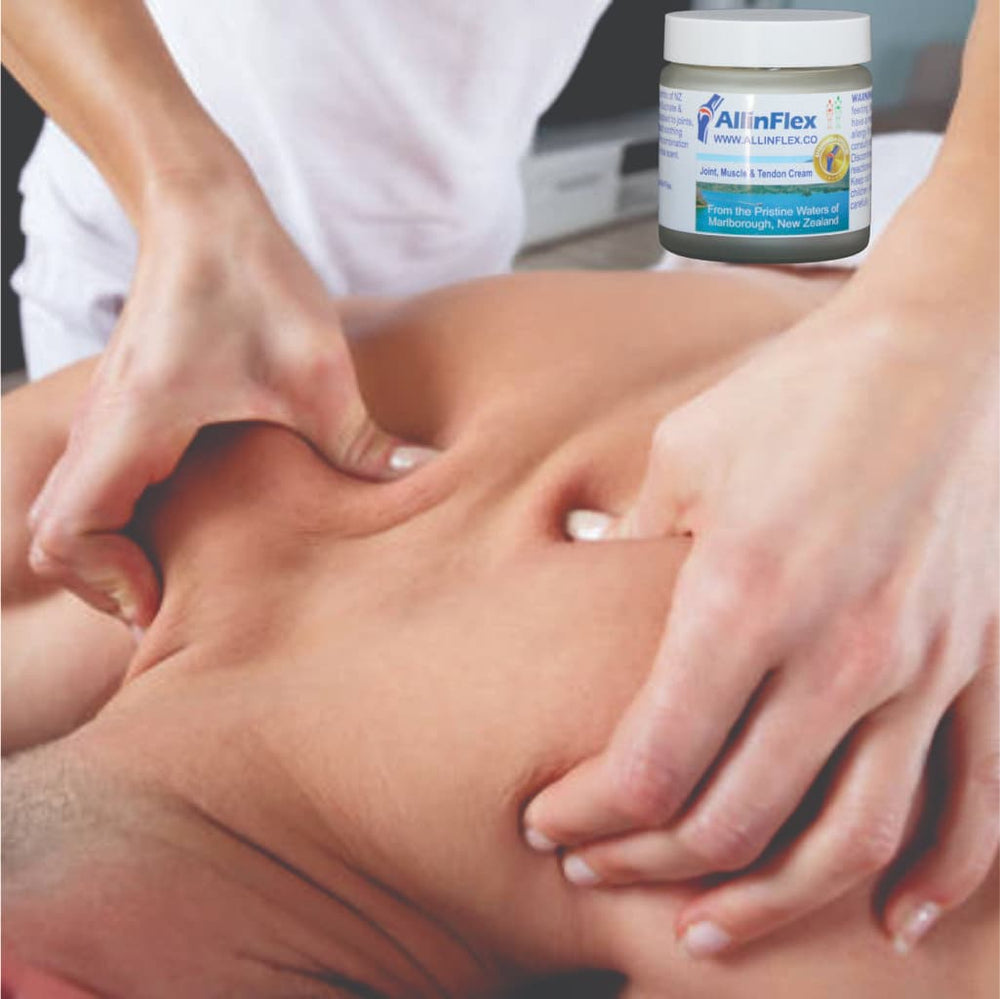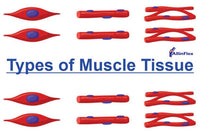Importance of Muscle Recovery after Exercise
After physical exercise, whether it be intense workouts, sports activities, or even moderate exercise, it's important to prioritize muscle recovery.
Post-exercise muscle care plays a significant role in maintaining overall health, preventing injuries, and improving athletic performance. When we exercise, our muscles undergo stress and micro-tears, leading to muscle fatigue and soreness. Proper recovery allows muscles to repair, and adapt, resulting in stronger, more resilient muscles.
Benefits of muscle care after exercise.

Firstly, it promotes efficient recovery, reducing muscle soreness and stiffness. It also enhances muscle flexibility and range of motion, which aids in injury prevention and improves overall performance. Additionally, proper muscle care optimizes muscle growth and strength gains, allowing people to reach their fitness goals more effectively.
Looking after your muscles not only supports physical health as well as mental well-being by reducing stress and promoting relaxation.
Cooling down after exercise is a big part of a complete workout routine.
A cooldown allows the body to transition from a state of exertion to resting state gradually. This phase helps prevent blood pooling into extremities by slowly reducing the heart rate and circulation oxygenated blood to the muscles. It also aids in removing waste products such as lactic acid, reducing the likelihood of cramps and stiffness.
Low-intensity aerobic exercises or gentle movements during the cool-down are highly beneficial.

The duration and intensity of cool-down exercises should be adjusted based on the intensity of the preceding workout. A general guideline is to allocate 5 to 10 minutes for the cool-down phase. However, for high intensity or prolonged workouts, a longer cool-down period may be more beneficial.
The intensity of cool-down exercises should be significantly lower than the main workout, focussing on gentle movements that promote relaxation and recovery.
Stretching the muscles after exercise offers numerous benefits for muscle recovery and overall flexibility.
It helps alleviate muscle tightness, reduce post-workout soreness, and improves muscle flexibility and joint range motion. Stretching aids blood circulation as well as delivering essential nutrients and oxygen to the muscles, which support their repair and recovery process.
When stretching muscles after exercise, aim to target the major muscle groups that were used during the exercise.
These include the calves, hamstrings, quadriceps, hip flexors, glutes, chest, back, shoulders, and arms. By paying attention to these muscles groups you support relieve of tense muscles, maintain muscle balance, and improve overall muscle flexibility.
Muscle stretching techniques and precautions.
The right technique is important to ensure safety and effectiveness. Start by stretching each of the muscles slowly, and avoid jerking movements. Breathe deeply and relax into each stretch, focusing on the muscle being targeted.
Hold each stretch 15 to 30 seconds, aiming for a gentle pull without pain. Be careful not to overstretch or force the body beyond its comfortable range of motion, as this may lead to injury.
During exercise, the body loses water and electrolytes through sweat, leading to dehydration.
Hydration helps in the removal of metabolic waste products as well as the transport of nutrients, oxygen, and hormones to the muscles all which supports efficient muscle recovery.
Hydration is important to maintain optimal muscle function, preventing muscle cramps, fatigue, and diminished performance.
Muscle massages supports muscle recovery and reduce muscle soreness after exercise.
A good massage will help with increasing the blood circulation as well as relaxing of tight muscles, release muscle tension, and alleviate muscle knots or trigger points.



